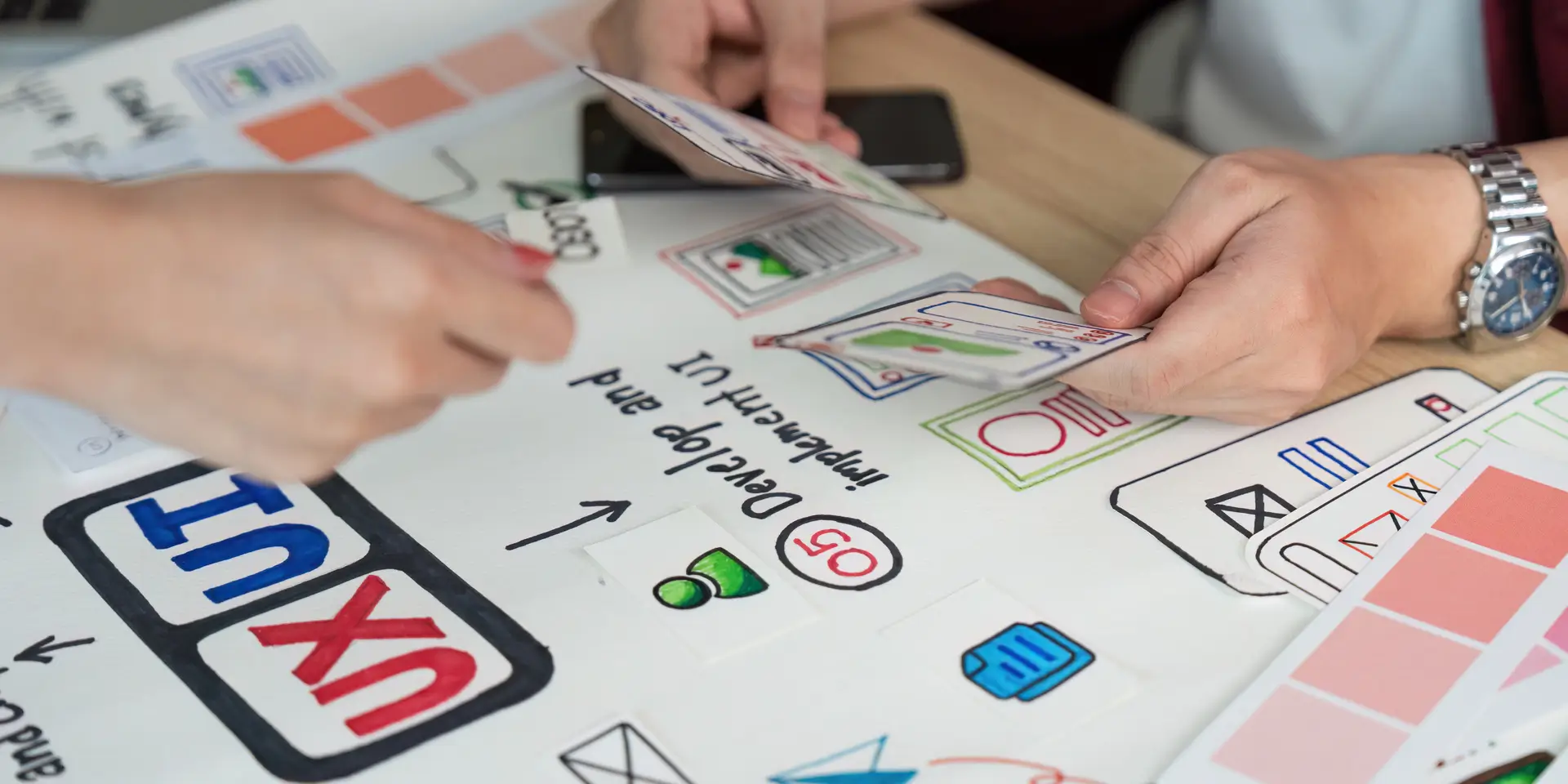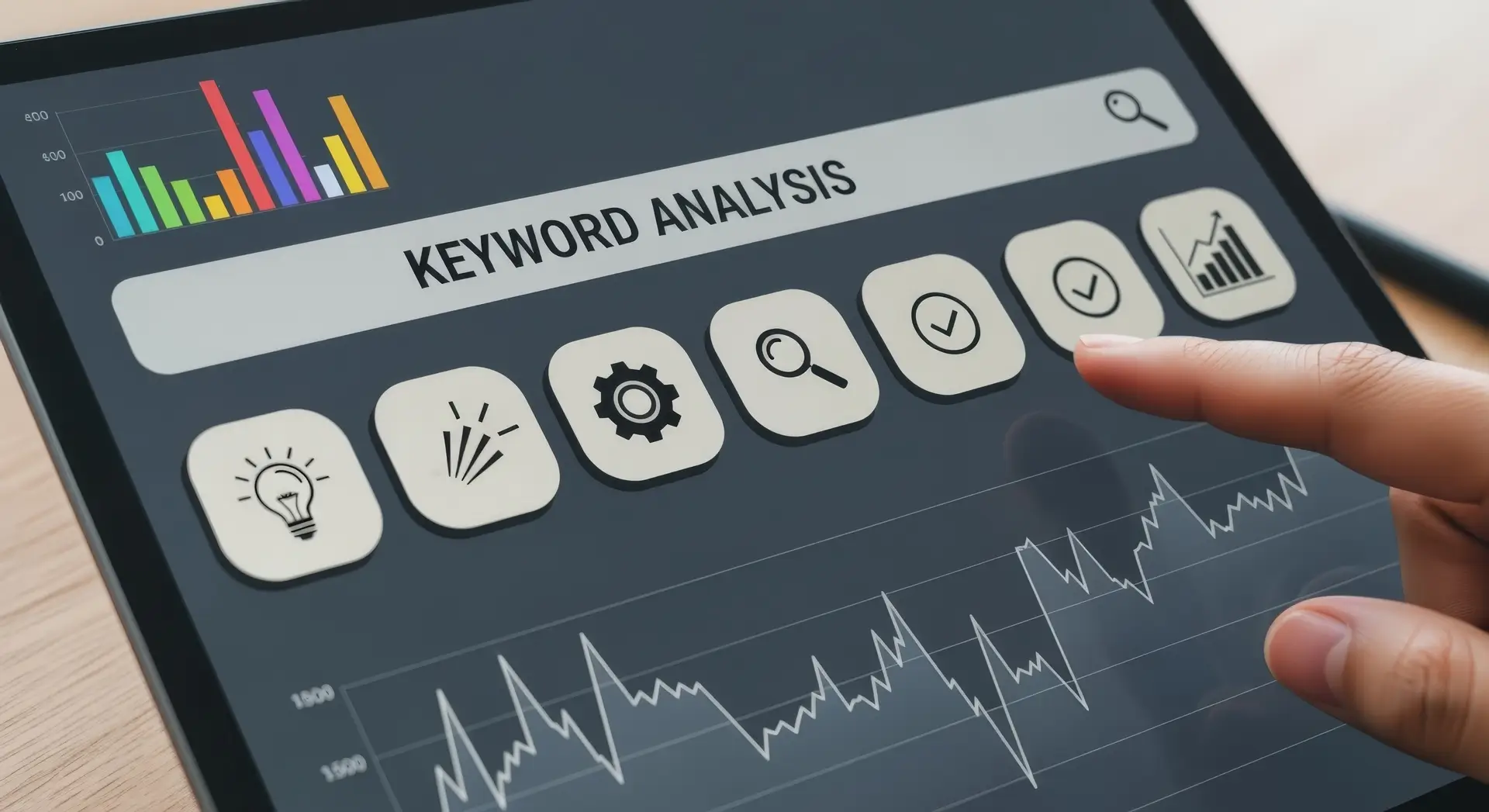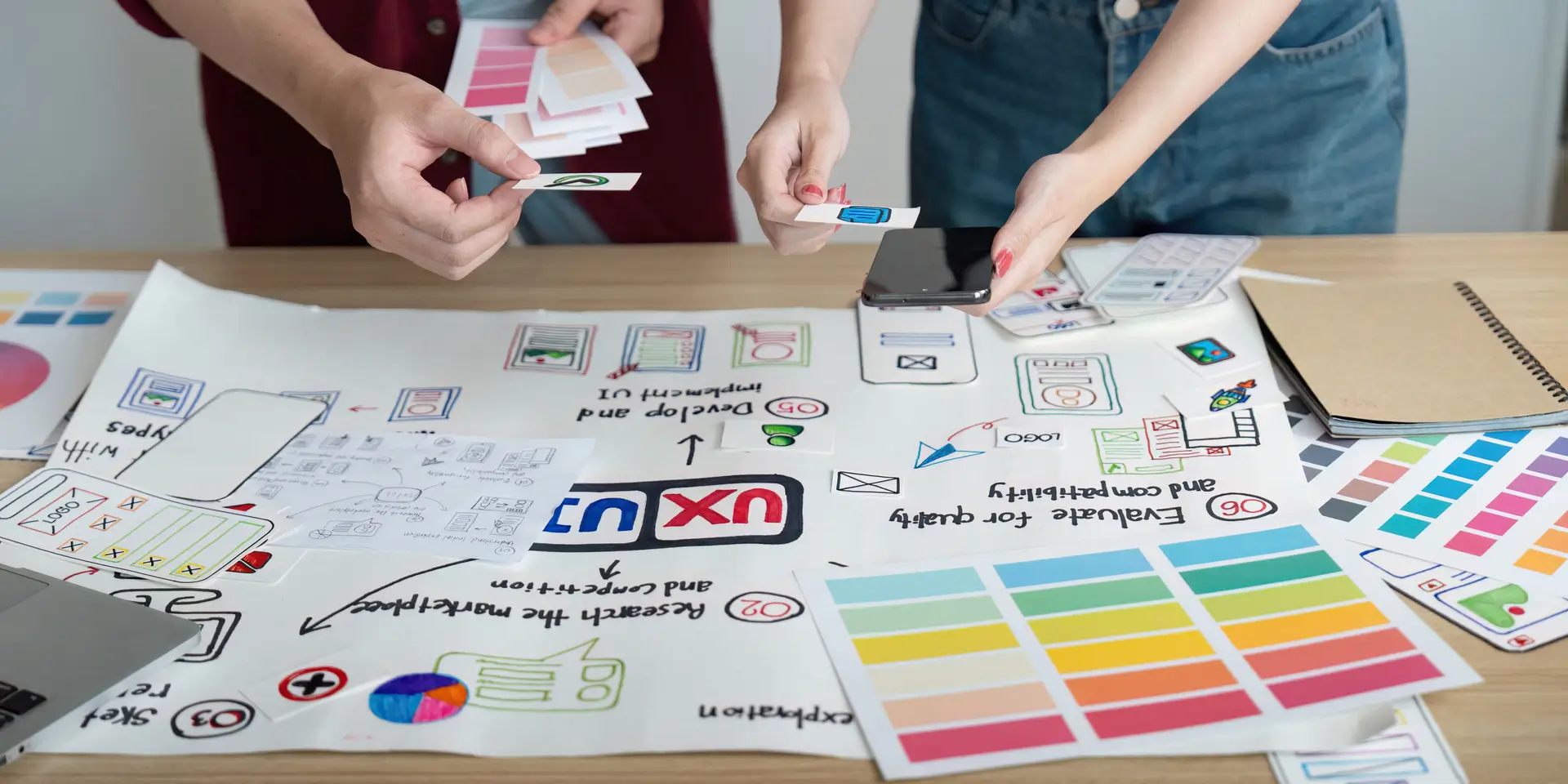The UX process steps are the key to any successful digital product. It can be a mobile application, e-commerce or an enterprise dashboard. A good UX process well ensures that the final solution is simple to understand, available and pleasing to the user.
To businesses, UX process does not merely entail aesthetics. It is rather about the value creation in fulfilling the needs of a user and business interests.
In this blog, you will find the breakdown of each step of the process, explain its importance, and provide actionable tips, examples, and tools you can use today.
If you are preparing to start a digital project, don’t skip the UX process steps. Whether you need help with research, design, or testing, investing in the right process ensures long-term success. Reach out to our professional UX teams who can tailor the process to your needs.
Why Understanding UX Process Steps Matters
Understanding the UX process steps matters because starting a project without a clear UX roadmap often leads to wasted resources. Also, unclear goals and unsatisfied users. By following UX process steps, teams can:
- Reduce design revisions.
- Increase user satisfaction.
- Improve accessibility and inclusivity.
- Align team members on goals and deliverables.
The process is adaptable. While some teams follow a 4-step UX design process chart, others use six or more stages. The key is tailoring it to your project’s needs without skipping essential phases.
Overview of the UX Process Steps
The UX process can be summarized into key phases:
| Step | Objective | Example Deliverables |
| 1. Research | Understand users and market | Surveys, interviews, analytics reports |
| 2. Define | Set clear goals and requirements | Personas, user journey maps |
| 3. Design | Create wireframes and prototypes | Low/high-fidelity mockups |
| 4. Test | Validate with real users | Usability test reports |
| 5. Implement | Hand off to development | Design specifications |
| 6. Launch & Evaluate | Measure success and iterate | Post-launch analytics |
While the first step of the UX design process is typically research, skipping follow-up stages can undermine the entire experience.
1: Research: The Foundation of UX
The first step of the UX design process is understanding your users and their needs. Further, the context in which they will use your product.
Key Activities:
- User Interviews: Talk directly to potential or existing users.
- Surveys & Questionnaires: Gather quantitative data on preferences.
- Competitive Analysis: Review similar products to identify gaps.
- Analytics Review: Use tools like Google Analytics to spot behavioral trends.
Example:
When Airbnb redesigned its booking flow, it conducted extensive user interviews to uncover pain points like confusing date selection and unclear pricing. This research shaped their new, more transparent design.
Pro Tip: Use appropriate UX design tools to streamline research and documentation.
2: Define: Turning Insights into Goals
After gathering data, the next UX process step is translating it into actionable goals.
Deliverables in This Stage:
- User Personas: Semi-fictional characters representing your audience segments.
- User Journey Maps: Visual stories of how a user interacts with your product.
- Problem Statements: Clear articulation of what you are solving.
Example:
Spotify uses personas to guide its playlist creation features. It makes sure different user types, from casual listeners to music enthusiasts. They get personalized recommendations.
Tip: Align problem statements with UI design principles to ensure visual and functional harmony.
3: Design: Bringing Ideas to Life
In the design stage, concepts become tangible. This is often the most creative UX process step.
Key Outputs:
- Wireframes: Low-fidelity sketches to define structure.
- Prototypes: Interactive versions for early testing.
- UI Mockups: High-fidelity visuals for stakeholder review.
Example:
Dropbox uses rapid prototyping to quickly test interface ideas. Before committing to full-scale development.
Pro Tip: Refer to established UX design process frameworks to keep designs user-focused.
4: Test: Validating Design Decisions
Testing makes sure your design meets user expectations and business goals.
Testing Methods:
- Usability Testing: Watch users complete tasks to find friction points.
- A/B Testing: Compare two versions to see which performs better.
- Accessibility Testing: Evaluate compliance with UX accessibility guidelines.
Example:
Gmail’s “Smart Compose” feature underwent months of A/B testing to refine predictive text suggestions.
Why This Step Matters:
Skipping testing risks launching a product that confuses or frustrates users.
5: Implementation: From Design to Development
Once validated, designs move into the development phase. Close collaboration between designers and developers is essential.
Best Practices:
- Use design systems to guarantee consistency.
- Provide detailed design specifications.
- Maintain open communication to address implementation challenges.
Example:
Slack’s design team works directly with engineers during sprints. To make sure that interaction patterns translate correctly in code.
6: Launch & Evaluate: Continuous Improvement
The UX process does not end at launch. Monitoring user feedback and analytics is essential to keep improving.
Post-Launch Activities:
- Track KPIs like engagement and conversion rates.
- Gather user feedback through surveys.
- Implement iterative improvements.
Example:
Netflix constantly evaluates how users interact with its interface. They regularly updates recommendations and navigation.
Adapting the UX Process to Your Needs
Not every project requires all six steps in the same order. For smaller initiatives, a 4-step UX design process chart, Research, Design, Test, Launch may be sufficient. For enterprise solutions, extended steps such as stakeholder alignment and compliance checks may be added.
1. When to Simplify:
- Tight deadlines.
- Limited budgets.
- Early-stage MVPs.
2. When to Expand:
- High-stakes applications (healthcare, finance).
- Complex systems with multiple user types.
Real-World Example: Redesigning a University Portal
According to Campus Technology, a U.S.-based university revamped its student portal following these UX process steps:
- Research: Interviews with students and faculty revealed login issues and poor mobile usability.
- Define: Created personas for “Undergraduate Student,” “Graduate Student,” and “Faculty.”
- Design: Built mobile-first prototypes.
- Test: Ran usability tests with 50 students.
- Implement: Collaborated with IT to integrate the new UI.
- Launch & Evaluate: Post-launch analytics showed a 40% increase in portal usage.
Partner With Devsphere Technologies
If you are preparing to start a digital project, don’t skip the UX process steps. Whether you need help with research, design, or testing, investing in the right process ensures long-term success. Reach out to our professional UX teams who can tailor the process to your needs.
Conclusion
The UX process steps are a kind of roadmap to develop the intuitive, effective, and pleasant products. Every stage is vital in move spanning the UX design process that is starting with research to continuous evaluation.
By adopting such steps and knowing how to use them,. A business can provide people with experiences that satisfy their needs and can deliver results that can be measured.
FAQs
1. What is the first step of the UX design process?
The first step is research. Where you understand your users, their needs, and the context of use through interviews, surveys, and data analysis.
2. How many steps are in the UX process?
While many follow a six-step process that is Research, Define, Design, Test, Implement, Launch. Some use a four-step UX design process chart for smaller projects.
3. Why is testing important in UX design?
Testing identifies usability issues before launch. It saves time and money while improving user satisfaction.
4. How does UX differ from UI?
UX focuses on the overall experience and usability. While UI deals with the visual and interactive elements.
5. Can small businesses apply the UX process?
Yes, the UX process is scalable. Small businesses can adapt it to their resources. Focusing on essential steps like research and testing.




